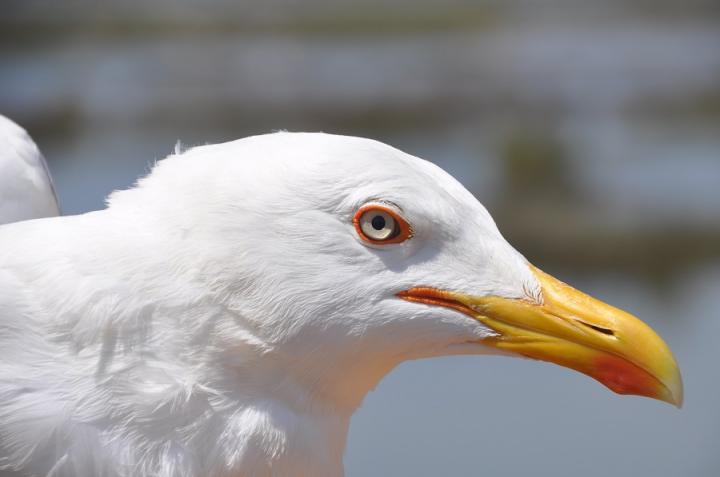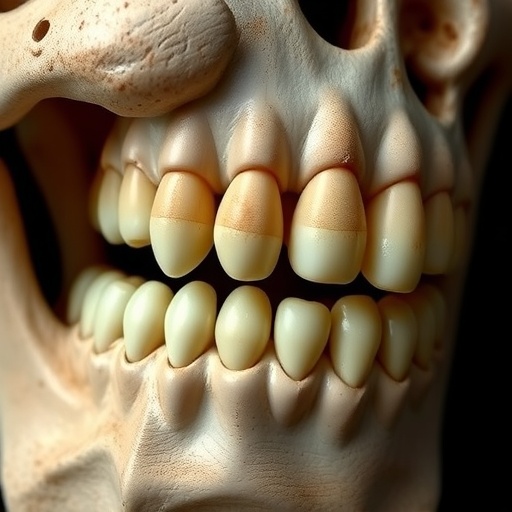Opportunist species with great spread abilities

Credit: Isabel Afán (EBD-CSIC)
The yellow-legged gull has a high ability to adapt to human activities and benefit from these as a food resource during all year. This is stated in a scientific article published in the journal Ecology and Evolution whose first author is the researcher Francisco Ramírez, from the Faculty of Biology and the Biodiversity Research Institute (IRBio) of the University of Barcelona.
Other participants in the study are the experts Josep Lluís Carrasco (Faculty of Medicine and Health Sciences of the UB); Isabel Afán y Manuela González Forero (Doñana BIologial Station, EBD-CSIC); Joan Navarro (Institute of Marine Sciences (ICM-CSIC)) and Willem Bouten (University of Amsterdam, Netherlands). This research is part of a Talent-Hub project funded by Agencia Andaluza del Conocimiento.
Opportunist species with great spread abilities
The yellow-legged gull (Larus michahellis) is an opportunist species which feeds from a great range of preys (fish, crustaceans, annellids, organic rests from dumping sites, etc.). As part of the new study, experts analysed -with remote monitoring devices- the movement of thirty gulls that nest in the Marismas del Odiel Natural Site (Huelva).
The animals were marked with GPS devices to obtain their location every five minutes for a year, from the moment of breeding -also during winter season- until the next reproductive season. The exact location of each animal enabled experts to identify their use of the land and the relationship with human activity. As a result, the research team could obtain a detailed map of their movements in space and time.
Changes in the eating pattern over the year
The conclusions of the study reveal a tight relation between the space distribution of the gulls and the human-origin resources during a year. “The preferences of the gulls in the use of habitat changed over their annual cycle as a possible response to the restrictions the species suffer over the course of their phenological cycle: physiological restrictions due to the differences of energetic demand of each period, and time restrictions resulting from the fluctuations in the availability of food resources”, notes researcher Francisco Ramírez (UB-IRBio). The expert notes that “The extreme ability to adapt allows these species to modify their eating habits and the exploitation of different habitats to manage both limitations”.
In the study, the location of the gulls was compared to the information on the occupation of the land obtained in high-resolution databases. The use of information of the aboard satellite sensors -to quantify the intensity of artificial night lights- enabled researchers to relate the habitats of hulls with the close activity to urban sites.
The high ability of spread of these individuals, covering cross-bordering areas of Spain, Portugal and Morocco during their annual cycle, shows the need for international efforts to limit the availability of human food resources and improve the management of this species.
“The knowledge of behavioural patterns over the year in opportunist species with a wide spread, such the yellow-legged gull, is important in order to assess potential impacts such species can have on the ecosystem”, concludes Ramírez.
###
Media Contact
Rosa Martínez
[email protected]
Original Source
https:/
Related Journal Article
http://dx.




